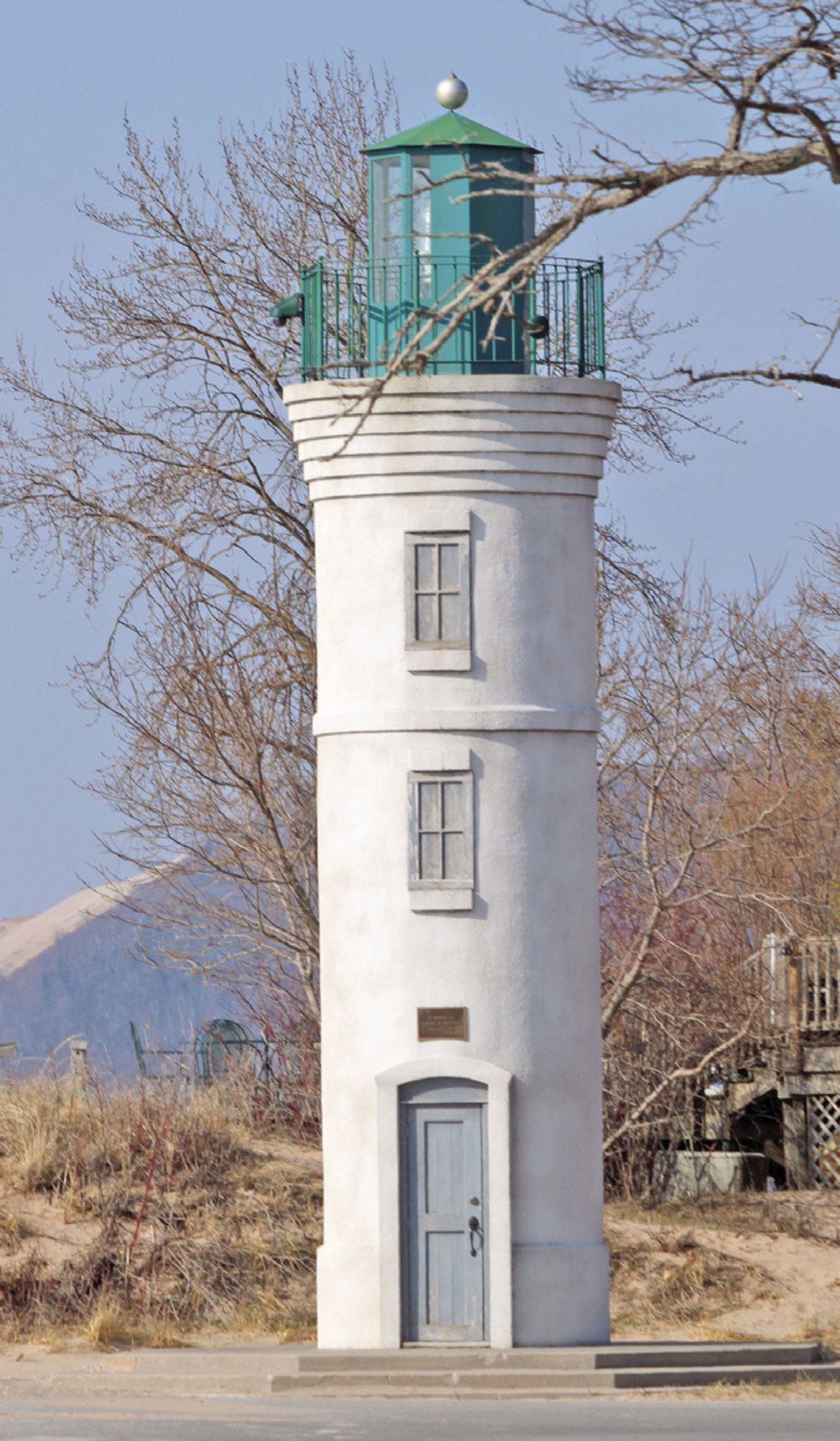Advancements in technology have greatly reduced the need for conventional lighthouses and their keepers, and there are no active manually operated lighthouses in Leelanau County. However, this infamously lonely and physically straining job was essential to keeping boat traffic moving in a time when much of the county’s economy depended on sea travel.
As a result, parks employees and county residents have taken steps to maintain these buildings and local history. Listed below are three lighthouses that are still standing today.
Grand Traverse Lighthouse
PLEASE LOG IN FOR PREMIUM CONTENT. Our website requires visitors to log in to view the best local news.
Not yet a subscriber? Subscribe today!



